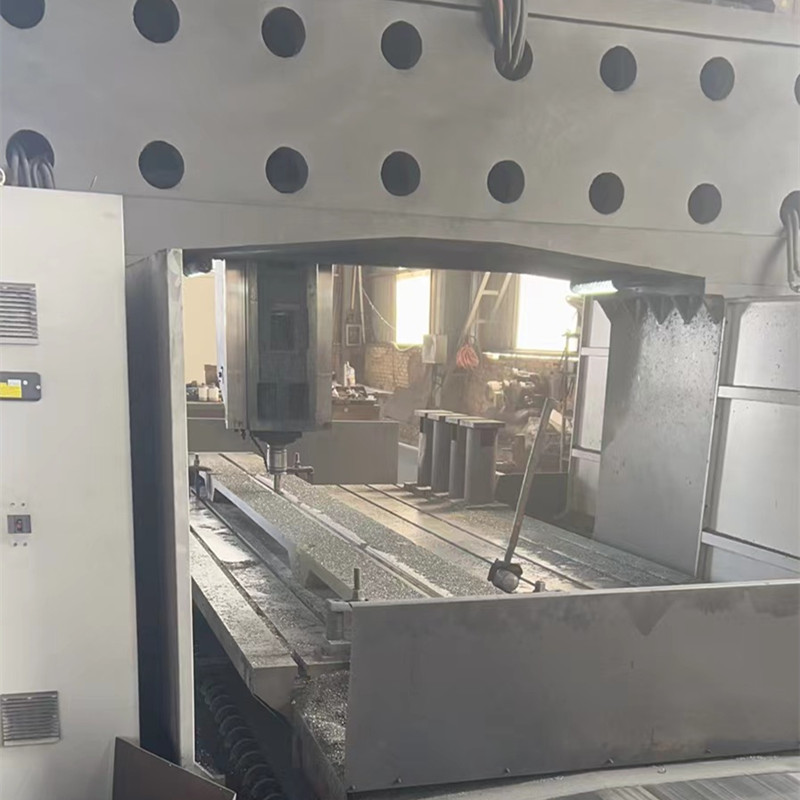ታኅሣ . 01, 2024 09:09 Back to list
pressure gauge thread types
Understanding Pressure Gauge Thread Types A Comprehensive Guide
Pressure gauges are essential instruments used in various industries to measure and indicate the pressure of gases or liquids within a system. One critical aspect of pressure gauges that technicians and engineers must consider is the type of thread used for connecting the gauge to the pressure source. Using the correct thread type ensures a proper seal and prevents leaks, which can lead to inaccurate readings or hazardous situations. In this article, we will explore the different types of pressure gauge thread standards, their applications, and some best practices for installation.
Types of Pressure Gauge Threads
Pressure gauge threads can be classified into several categories based on their design, size, and application. The most common thread types include
1. NPT (National Pipe Taper) Threads NPT threads are the most widely used thread type in the United States for pressure gauges and piping systems. They feature a tapered design that allows for a tight seal when tightened. NPT threads are available in various sizes and are often found in both liquid and gas applications. The taper ensures that as the fitting is screwed in, the threads compress, creating a seal that minimizes the risk of leaks.
2. BSP (British Standard Pipe) Threads BSP threads are standard in Europe and many other countries. There are two main types BSPP (British Standard Pipe Parallel) and BSPT (British Standard Pipe Taper). BSPP threads are parallel and require the use of sealing compounds or O-rings to prevent leaks, while BSPT threads follow a tapering design similar to NPT. Choosing the right BSP thread is crucial for compatibility with existing piping systems.
3. ISO Threads The International Organization for Standardization (ISO) provides a range of thread standards. These threads are commonly used in European applications and are designed to create a robust connection to various pressure gauges. ISO threads can sometimes be confused with NPT or BSP threads, so ensuring compatibility is essential when selecting fittings.
4. Metric Threads Metric threads are specified based on the diameter and pitch of the thread, making them easy to identify in many components. These threads are commonly found in European equipment and machinery, and they sometimes feature unique sealing methods to ensure a leak-proof connection.
5. Custom Threads In some cases, pressure gauges may use custom-designed threads specific to a manufacturer or application. These threads can be designed to provide specific performance characteristics and may not fit into any standard category.
Selecting the Right Thread Type
pressure gauge thread types

When selecting the right thread type for a pressure gauge, engineers must consider several factors. First, they should assess the compatibility of the thread type with the existing piping system. Using mismatched threads can lead to leaks or mechanical failure. Second, the application environment should be considered, including factors such as temperature, pressure, and the type of substance being measured (corrosive or non-corrosive). Lastly, it is vital to consult manufacturer specifications and recommendations to ensure that all components will work harmoniously together.
Best Practices for Installation
When installing pressure gauges, following best practices is essential for a secure and leak-free connection
1. Clean the Threads Ensure that both the gauge and the mounting surface are clean and free of debris. Dirt or debris can interfere with the sealing process.
2. Use Sealants Wisely For threaded connections, use appropriate sealing compounds or tape, such as PTFE tape, but avoid overusing them as this can lead to excess buildup and hinder a proper seal.
3. Torque Specifications Adhere to the manufacturer's recommended torque specifications for tightening the pressure gauge. Over-tightening can damage the threads or gauge itself, while under-tightening can result in leaks.
4. Regular Inspections Implement a regular maintenance schedule to inspect gauge connections and ensure there are no signs of wear, corrosion, or leaks.
Conclusion
Understanding pressure gauge thread types is crucial for ensuring the accuracy and safety of pressure measurement systems. By selecting the appropriate thread type and following installation best practices, technicians can prevent leaks and maintain the integrity of their systems. Whether working with NPT, BSP, ISO, or custom threads, knowledge of these standards is essential for anyone involved in pressure measurement and control.
-
Why Metric Trapezoidal Thread is Ideal for Precision Motion ControlNewsAug.05,2025
-
The Unique Properties of a Block of Granite for Industrial UseNewsAug.05,2025
-
The Role of Flanged Y Strainers in Preventing Pipeline ClogsNewsAug.05,2025
-
The Importance of Regular Calibration for Master Ring GagesNewsAug.05,2025
-
How a Cast Iron Surface Table Enhances Accuracy in ManufacturingNewsAug.05,2025
-
Comparing Different Check Valve Types for Optimal Flow ControlNewsAug.05,2025
Related PRODUCTS









